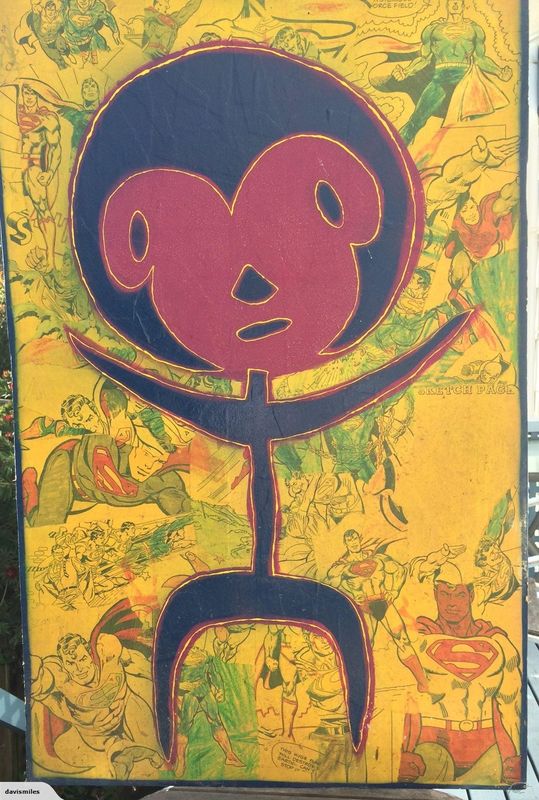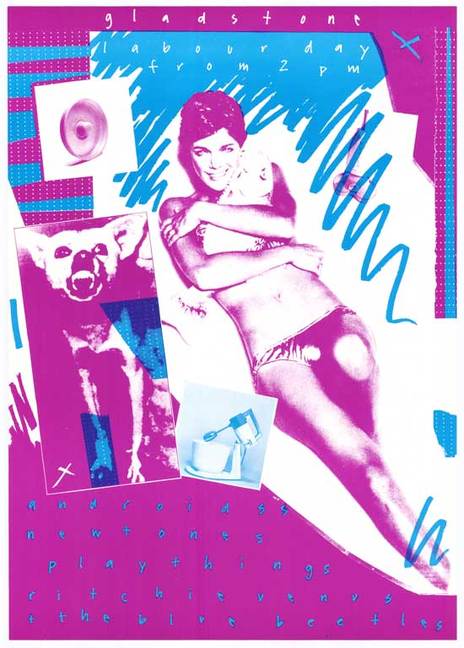There is more than one thing to be taken from the BBC Panorama programme London Tower Fire: Britain's Shame. The first is, of course, its damning indictment of the authorities whose catastrophic failure of care allowed so many people to die in a burning tomb in the sky. The agony on the faces of people waiting for news of their loved ones and the letters from the all-party Parliamentary Fire Safety Group begging the goverment to act on a fire safety review are powerful in different ways.
But the programme is also compelling as a study in changing journalistic practice. Panorama has been screening for 64 years. And although it had racked up some notable hits over the decades, its non-commercial hour had begun to seem ponderous by the mid-2000s, and it was bounced around the schedule in search of an audience. In 2007, it was returned to prime-time as a shorter, sharper half hour.
The episode that screened last week in Britain was a model of modern current affairs television. Most notably, it was pieced together in only five days. The sheer proximity of the tragedy means that reporter Richard Bilton is frequently in the midst of grief, and sometimes seized by that grief himself. At the same time, the programme was establishing a paper trail in the corridors of power. All in five days.
Inevitably, there is a good deal of citizen video used in the report. The news is where the journalists are and sometimes the journalists are just ordinary people with phones in their pockets. The step-changes in this trend have generally been tragic. The first mobile phone video ever broadcast by CNN conveyed a different horror in London – the 2005 Tube bombings.
Perhaps what's changed now – or at least what's notable about the Panorama report – is that mobile videos are not presented as spectacle in themselves, but in service of the story. Remarkably, the most stunning of these comes from the cab of a fire engine, as firefighters catch sight of the burning tower for the first time and respond with shock and disbelief.
There are a lot of moving parts here, not only in capturing the events of the fire but in explaining what happened before and after. And it's the "after" that actually lights up the context of what happened. In the report, it's evident that the response of both central government and the local council was inadequate and disengaged. Evident that these simply weren't people that either tier of government was used to caring about. And when it came to it, they didn't know how to care.
There is commentary on a similar kind of top-down disengagement in Philip Matthews' extremely strong editorial for Saturday's Press on the Obudsman's scathing findings on the "the flawed and destructive consultation process" around Christchurch school closures in the wake of the city's earthquakes:
The closures were against the wishes of communities that were already shocked and traumatised by natural disaster. Information was flawed, incomplete and often poorly communicated. Decisions were made before demographic changes were known. The special character of local schools was ignored ...
To read the full, 232-page report is to get an unnerving sense of a bureaucratic experiment performed on utterly unprepared communities. The Ombudsman describes an "invisible" process that ran in parallel to the one the public saw, a process that used the disaster as an opportunity to rationalise the Christchurch school network.
Even with the best of intentions, it's the natural tendency of power to run things to suit itself. And it should be a natural function of journalism to resist that and expose it.
We have also, of course, seen a very different exercise in new-old-journalism this past week in the reporting of Melanie Reid and others on the Todd Barclay affair and its seething backdrop. Newsroom, a new media venture run by old media veterans, doesn't get it right every day. Some days it struggles to get into the zeitgeist or grab attention, and it could do with a good liveblogger. Reid's own recent story on the controversy around the film Vaxxed – turning a thoroughly debunked vaccine theory into a he-said-she-said – was like a flashback to the bad old days of prime-time current affairs. Her boss Mark Jennings didn't exactly help when he ventured on the issue in a panel discussion on fake news broadcast yesterday afternoon (from about 42:00 – he needs to look up "exponential" in a dictionary).
But in the staging of stories from a major investigation, the past week has been a masterclass. Holding back a part of the story to wait on a denial isn't a new technique, but one difference this time is that Newsroom itself doesn't have the audience to justice to its story. So it has not only given parts of its written work to Stuff, which has a platform and wants content, but has to some extent staged its revelations for the convenience of TV news.
And yet, at the heart of it is the very traditional long game of investigative journalism – and in this case, going to find a political story that was not at the seat of goverment, but in Gore. News is, as ever, where the journalists are. Reid, too, was on RNZ yesterday, speaking to Wallace Chapman on the difference between commentary and reporting, the perils of the high-turnover news cycle and the joys of working away from the corporate bullshit. It's really worth listening to.



